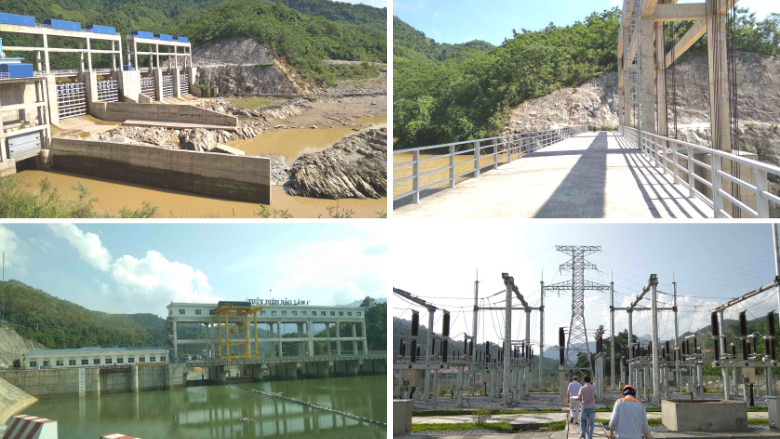Challenge
At the time this project was approved in 2008, the Government of Vietnam planned to diversify the energy mix with a new emphasis on renewable sources. This was to keep up with the double-digit growth in electricity consumption from the previous decade – a trend that was (correctly) forecasted to continue. Small hydropower plants emerged as a viable choice because of the abundance of economically viable sources and a shorter and simpler development process. In addition, unlike wind and solar, hydropower could contribute to peak capacity requirements.
The main regulatory barriers to renewable energy development were: (i) the absence of competitive power purchase agreement structures; (ii) an opaque and circuitous regulatory framework with lengthy approval process and no effective mechanism of allocating project sites to those most able to develop them; (iii) developer’s lack of experience in building and operating renewable assets; and (iv) banks’ lack of interest and limited capacity to appraise and finance renewable energy projects.
Approach
Through knowledge-sharing and institutional capacity-building, the World Bank supported the Government of Vietnam in enacting and refining the requisite policy framework to jump-start the market. The two most relevant pieces were the ‘non-negotiable’ standardized Power Purchase Agreement and an avoided-cost tariff formula for on-grid small-hydro projects, introduced in 2009. The avoided cost tariff is defined as the cost that the utility would have paid if it had to produce electricity through thermal generation.
The project also adopted innovative instruments such as the “Financial Intermediary Loan” to mobilize private finance. The fact that the Bank provided US$200 million in early-stage investment to develop 19 small hydropower plants and they all generated robust revenues sent strong signals to the market about the industry’s commercial viability. The project also provided credits to establish a re-financing facility which helped strengthen the capacity of private banks to operate effectively with developers.
Tapping into the hydro potential would require investments in the range of US$1 billion. This amount would be impossible without the contribution from private finance in both equity and debt forms.
